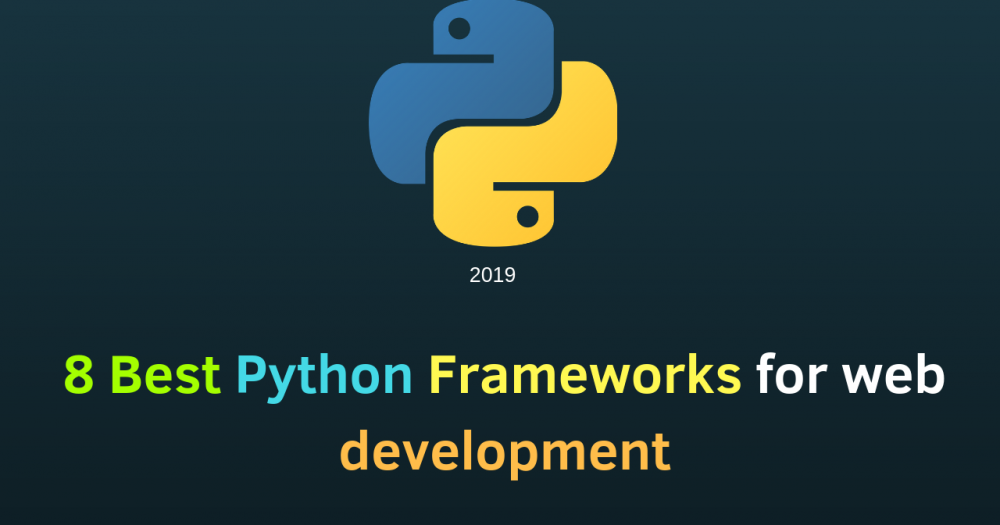So, do you use any Python web Framework for web development? Most probably you do.
python frameworks have their own pros and cons, but which one should you choose? Should it be Django or should it be Flask?
In this article, we will focus on the major aspects of the top 8 python Frameworks for web development, that we can come to the conclusion of the best because, in the end, you should choose the best.
The need for Python frameworks
A Python framework is a platform for developing software applications. It provides a foundation for Programmers can build programs for a specific platform. A framework may include predefined classes and functions that can be used to process input, manage hardware devices, and interact with system software. but a perfect choice can depend on Programmers’ specific needs, preferences, and skill level.
Let’s highlight the 8 best Python web frameworks and take a bird’s eye view of how each one of them can ease our python development.
1.Django
Django is a high-level Python Web framework that encourages fast growth and clean, pragmatic design. In case you are building one thing that’s much like an e-commerce website, then it’s best to in all probability go along with Django. It would get your work executed fast. You do not have to fret about too many expertise selections. It gives the whole lot factor you want from the template engine to ORM. If you wish to use your web app framework as a CMS, Django might be a more sensible choice. It’s free and open source.
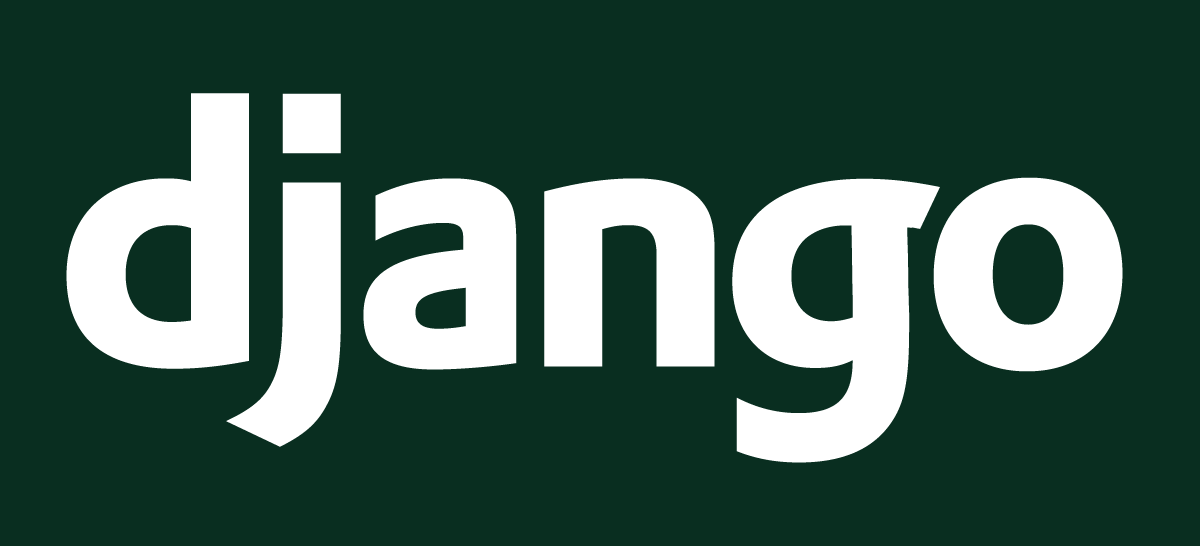
Popularity & stats
[gitrepo author=”django” repo=”Django”]Django Python framework pros
- The admin interface is so powerful that many applications only need small customization and you already have a complete product.
- Tools like Django Rest Framework make it easier to build APIs that can be used for developing mobile apps.
- Django’s ORM is pretty complete and powerful, it streamlines the process of dealing with data.
- Using tools like Django Rest Framework you can build APIs that can be used for developing mobile apps.
Django Python framework cons
- The templating system is not the most powerful.
- you have to use a third-party library to be able to configure different deployment environments.
- Upgrading Django is not easy. It usually involves lots of code changes and sometimes database migration.
Learn more
2. Flask
Flask is more open-ended to unique systems. Flask is best for Developers who care about best practices, Developers who want to prototype something quickly & Developers who need a standalone app . Flask comes with Jinja template engine by default. Flask is a microframework, so it favors simplicity over features. It takes much less time to set up and there are fewer layers of abstraction between you and the HTTP functions.
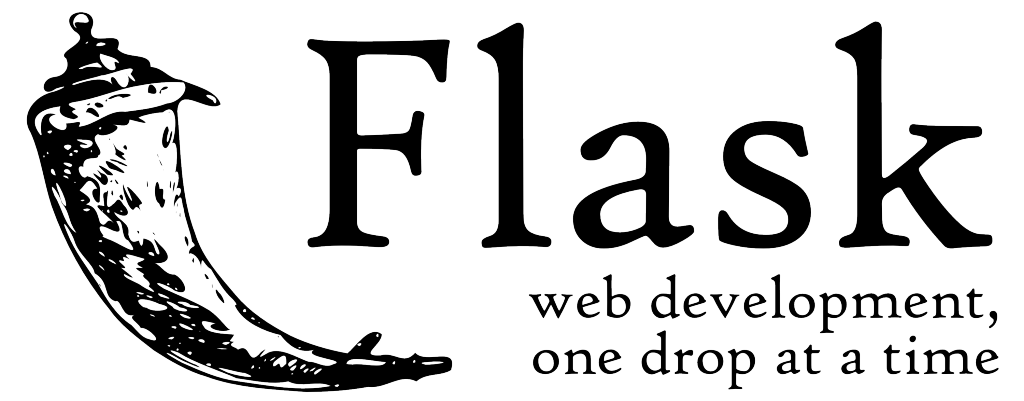
Popularity & stats
[gitrepo author=”pallets” repo=”flask”]Flask Python framework pros
- you can develop the web application with relatively less effort and can host a live web application.
- Flask contains Jinja2 templating and Werkzeug WSGI toolkit
- Email verification for new users is super easy to implement& File uploading is convenient
- The syntax Flask uses for URL routing has become the default way for similar Python frameworks.
Flask Python framework Cons
- A fewer number of extensions available as compared to Django
- Sometimes it can conflict with the bootstrap module bundled in with Flask.
3. Pyramid
Pyramid is an open-source, Python web application development framework. Its primary goal is to make it easier for a Python developer to create web applications. Pyramid is similar to Flask. Pyramid is compatible with python3. It is minimal, fast and flexible.
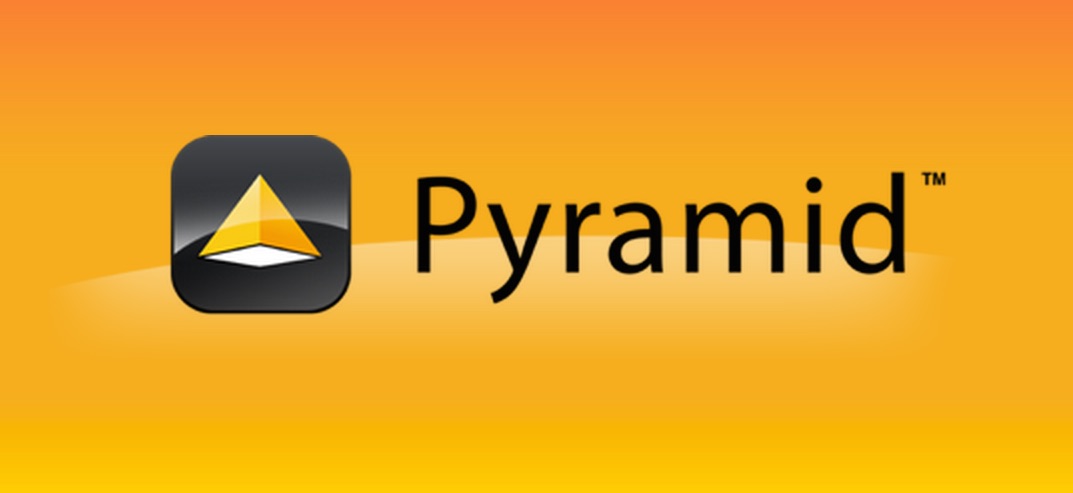
Popularity & stats
[gitrepo author=”pylons” repo=”pyramid”]Pyramid Python framework pros
- Pyramid is very useful for creating small applications quickly.
- pyramid is best for Developers working on API projects, Prototyping a concept & Developing large web applications, such as a CMS.
- integration of NoSQL: MongoDB, CouchDB .
Pyramid Python framework Cons
- You can Easily to encounter some problems that are hard to solve
- documentation should be improved.
4. CherryPy
CherryPy is a pythonic, object-oriented HTTP framework. It allows building web applications in much the same way one would build any other object-oriented program. This design results in less and more readable code being developed faster. CherryPy runs on the latest versions of Python, Jython, or on Android.
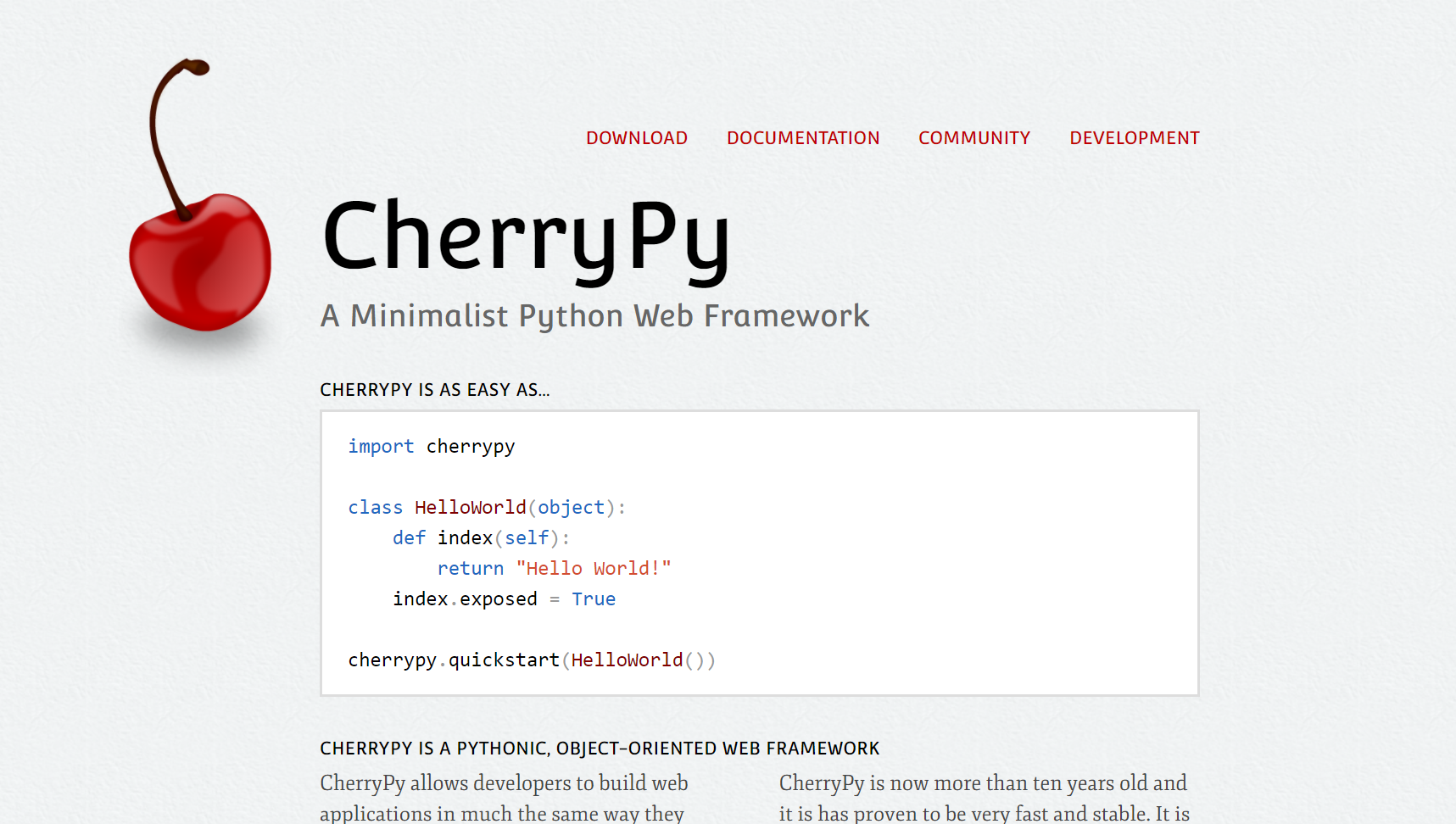
Popularity & stats
[gitrepo author=”cherryPy” repo=”cherryPy”]CherryPy Python framework pros
- you can test your development in-live with the preview mode.
- You can easily setup a web application in a few minutes and start testing your ideas
- It is being used in production by many sites, from the simplest to the most demanding.
CherryPy Python framework Cons
- It can cause lag and crash on your pc if your configuration is low.
- Less features compared to python frameworks listed above
5 – Web2Py
Web2Py is a Free open source full-stack framework for the rapid development of fast, scalable, secure and portable database-driven web-based applications. Written and programmable in Python.
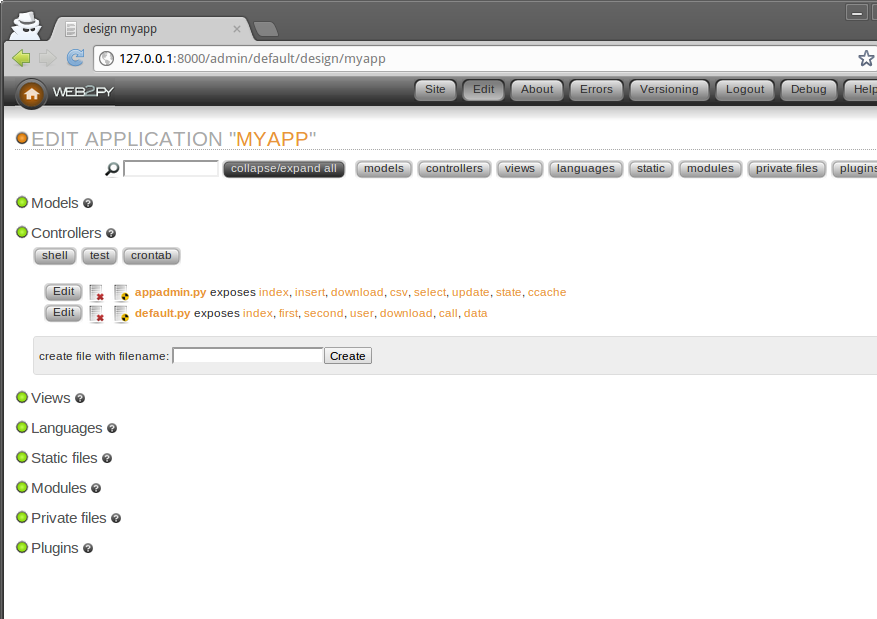
Popularity & stats
[gitrepo author=”web2Py” repo=”web2Py”]Web2Py Python framework pros
- You will love the admin screen showing the Models, Views, and Controllers and what other components they interact with for your app.
- Compatible with most database systems
Web2Py Python framework Cons
- Customizing the user interface was a little challenging.
- it can be difficult to make apps talk to each other like Django can.
6. Twisted
Twisted is an event-driven networking engine written in Python and licensed under the open-source MIT license. Twisted runs on Python 2 and an ever-growing subset also work with Python 3. Twisted is built on top of deferred. For those of you who don’t know about deferred, it is the mechanism through with asynchronous architecture is achieved.

Popularity & stats
[gitrepo author=”twisted” repo=”twisted”]Twisted Python Framework Pro
- Twisted is very fast. If you want to do something low-level networking stuff, Twisted is the Best choice for you.
Twisted Python Framework Con
- Twisted is not suitable for writing conventional WebApps.
7. Tornado
Tornado is a Python web framework and asynchronous networking library, originally developed at FriendFeed. By using the non-blocking network I/O, Tornado can scale to tens of thousands of open connections, making it ideal for long polling, WebSockets, and other applications that require a long-lived connection to each user”.
Popularity & stats
[gitrepo author=”tornadoweb” repo=”tornado”]Tornado Python Framework Pros
- If you want to write something with Django or Flask, but if you need a better performance, you can opt for Tornado.
- It can handle C10k problem very well if it is architected right.
Tornado Python Framework Cons
- Tornado stands somewhere between Django and Flask. so fewer features compared to Django and flask
8. Cyclone
Cyclone is a web server framework for Python that implements the Tornado API as a Twisted protocol. It has an API that is very similar to Tornado. Cyclone.io is the fork of Tornado.

Popularity & stats
[gitrepo author=”fiorix” repo=”cyclone”]Cyclone Python Framework Pros
- it is capable of handling HTTP very efficiently while also serve or use e-mail, ssh, sip, IRC, etc, all concurrently.
- easy to write conventional web apps.
Cyclone Python Framework Con
- It has a relativly small community
Conclusion
You can accomplish everything you want with any of the frameworks. It just depends on what you want to achieve and features you’d like to reuse. Before exploring these frameworks why not check out Article about Best Python IDE.


